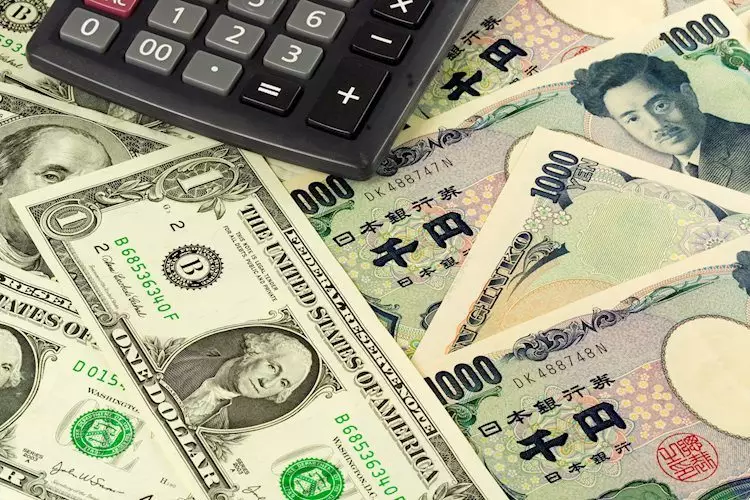The USD/JPY currency pair is currently positioned within a trading range of approximately 148.00 to 149.50. This range reflects a notable response to rising US 10-year Treasury yields, which have recently climbed to around 4.104%. Such movements in interest rates are pivotal as they often influence currency valuations. A rising yield generally indicates stronger economic performance and potential tightening of monetary policy by the Federal Reserve, which in turn can bolster the US dollar against the Japanese yen.
As market participants evaluate economic signals, it is evident that the momentum in the USD/JPY pair currently leans toward buyers. This bullish sentiment is crucial, particularly as it indicates underlying confidence among traders regarding future price advancements. As the trading session progresses, surpassing the upper threshold of 149.50 will be vital, as this would likely catalyze movement towards the psychologically significant level of 150.00.
Analyzing technical indicators further, the simultaneous resistance found at the convergence of the 200-day and 100-day moving averages, located around 151.20/21, represents a critical hurdle for the bulls. If the price manages to break this resistance, it could trigger a new wave of buying interest, subsequently pushing the pair to new heights. Therefore, positioning around these key levels is essential for traders who aim to harness potential price movements effectively.
Conversely, the downside risk remains tangible. Should the USD/JPY breach the lower boundary of 149.00, it would potentially signal a retracement toward the swing low observed on October 8 at 147.35. Such a decline would not only reflect a loss of momentum but would also indicate a shift in trader sentiment that could prompt further consolidation or bearish activity in the short term.
The market sentiment surrounding the USD/JPY pair is influenced not only by technical factors but also by broader economic indicators and geopolitical climates. Investors often monitor the Bank of Japan’s monetary policy stances closely, particularly in relation to its yield curve control measures. Given Japan’s low-interest rate environment relative to the increasing yields in the US, there is a persistent imbalance that favors the USD, which may contribute to sustained upward pressure on the dollar.
Looking ahead, traders should remain vigilant for the latest economic data releases, particularly those related to inflation, employment, and manufacturing indices, as these could significantly impact market sentiment and yield expectations. Additionally, any unforeseen global economic developments or geopolitical events could induce volatility and lead to rapid price fluctuations.
While the USD/JPY pair currently showcases a bullish trend with key technical resistances ahead, prudent traders should remain aware of potential downturns, should the market shift. The dynamic interplay of interest rates, economic indicators, and market sentiment will ultimately dictate the trajectory of this currency pair in the coming weeks.

